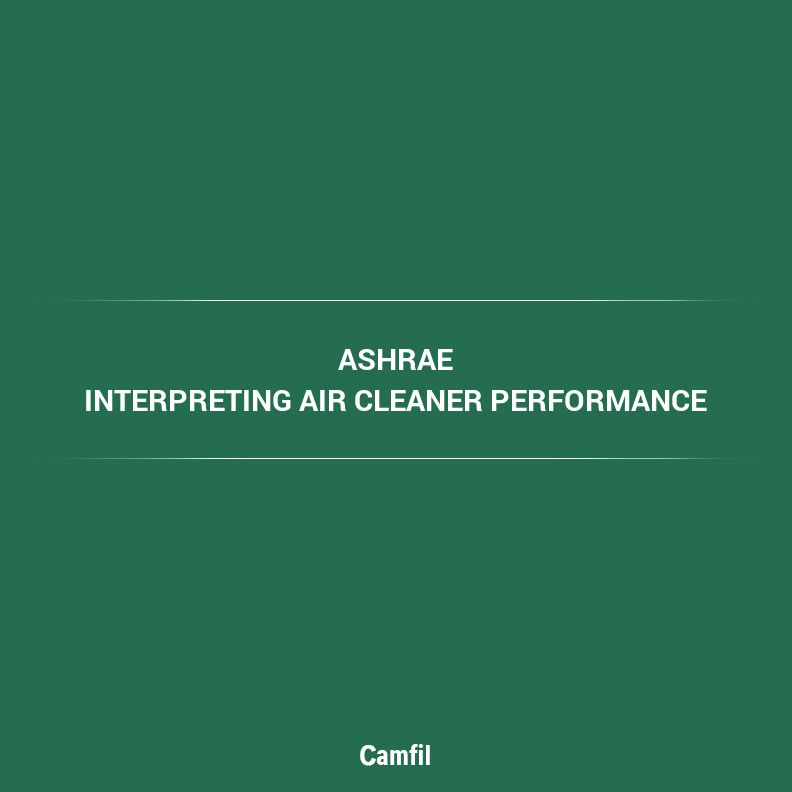Air purifiers have become permanent fixtures in homes, offices, retail stores, healthcare facilities and even industrial environments. As we enter the final stages of the pandemic; masks, lockdowns and crowd limitations are becoming less common, but the air purifier will likely remain.
Demand for a product drives the supply chain to deliver. This demand / supply equation is often responsible for driving product innovation. With air purifiers, many innovations took the form of new, and in some cases, recycled technologies from the past, broadly categorized under the term electronic air cleaners. These products focus more on killing or inactivating viruses, bacteria and other organisms as opposed to particulate filters which capture and hold them within the body of an air filter. This kill or inactivate strategy was a response to the public’s demand to protect themselves against airborne infectious diseases like COVID-19.
The surge in demand for electronic air cleaners brought to light the fact consumers have a hard time finding simple methods or ratings systems to determine real world effectiveness. Particulate filters are evaluated and classified for particle capture efficiency using widely accepted test standards such as IEST-RP-CC001 or ISO 29463 for HEPA filters and ASHRAE 52.2 or ISO 16890 for HVAC style filters. Using particle capture efficiency together with a purifier’s airflow and size of the space in question, gives consumers the ability to better understand what an air purifier with a particulate air filter can, and just as importantly, cannot do.
It’s not so simple with electronic air cleaners. A recent ASHRAE Journal article, Interpreting Air Cleaner Performance Data, details the difficulties in understanding the mechanics behind the various technologies and the ways they report efficacy. The concept of subtractive and additive mechanisms is discussed. Subtractive is where particles are removed from the airstream as in a particulate filter. This is contrasted against additive technologies where something (chemically reactive compounds for example) are added to the space or airstream, either to improve the subtractive removal effectiveness or to change or inactivate the contaminant.
The article points out how the lack of performance test standards for electronic air cleaners leads to a variety of test reports that provide limited insight into product performance and safety. The most common standards used are two UL standards which deal exclusively with ozone emissions.
The article ends by providing a few thoughts on how useful test methods and standards could be developed in the future so consumers aren’t forced to rely on confusing marketing language often associated with electronic air cleaners.
Industries often evolve due to market demands and if the pandemic drives the air purifier industry to include more electronic air cleaners, the questions about safety and real world performance expectations need to be answered so articles like this one aren’t necessary.
Article available through ASHRAE.org.
Source This article was published in ASHRAE Journal, April 2022. Copyright 2022 ASHRAE. Posted at www.ashrae.org. This article may not be copied and/or distributed electronically or in paper form without permission of ASHRAE. For more information about ASHRAE Journal, visit www.ashrae.org.
https://www.ashrae.org/file%20library/technical%20resources/covid-19/20-31_stephens.pdf
The post Interpreting Air Cleaner Performance Data by ASHRAE appeared first on Air Filters for Clean Air.

